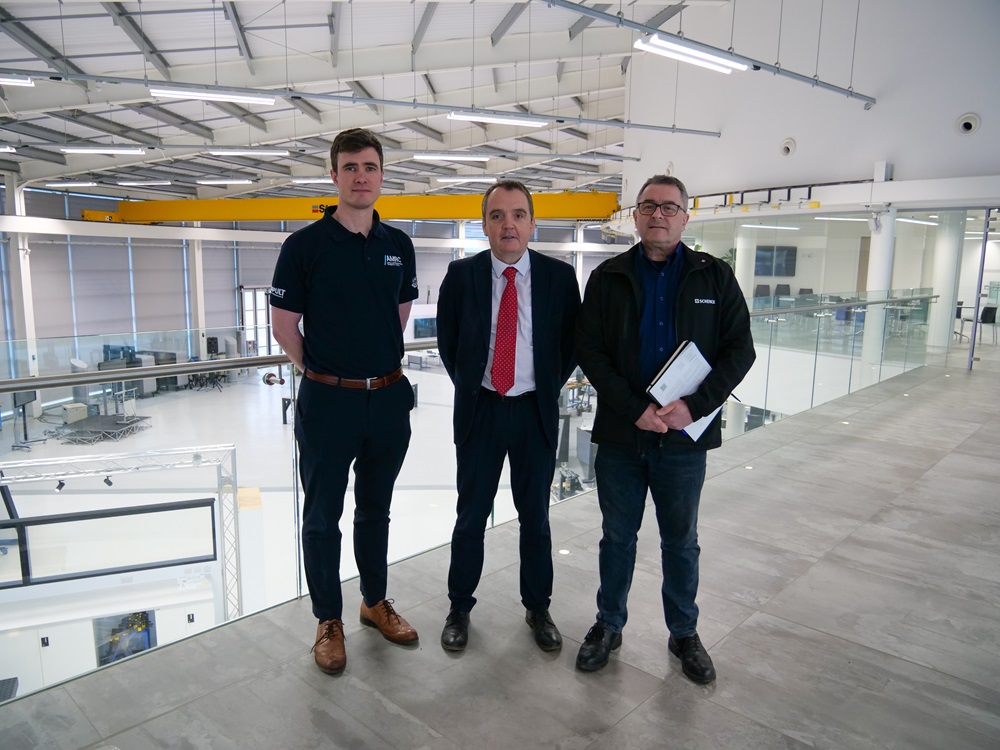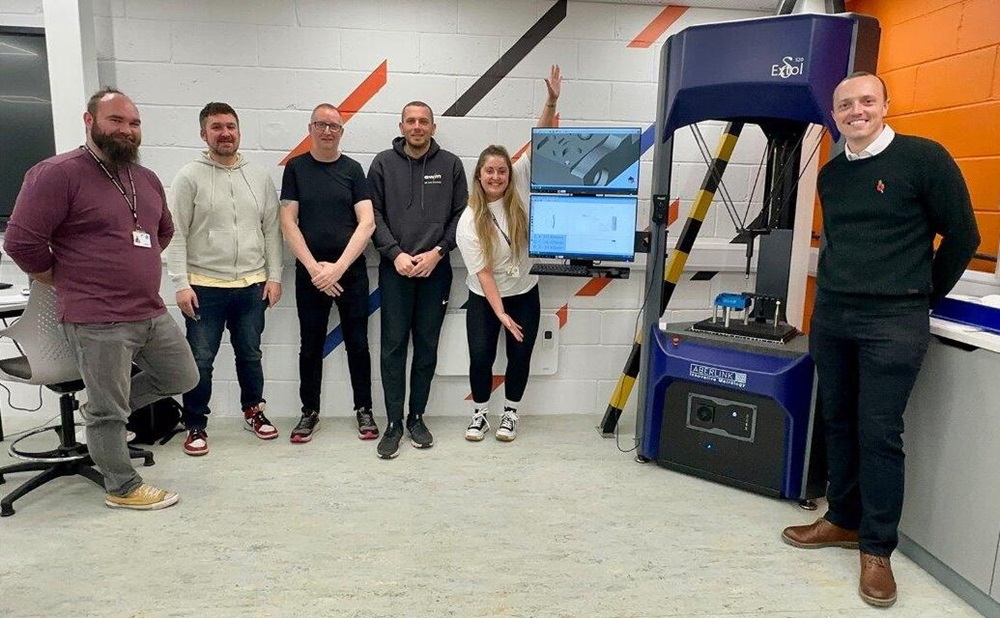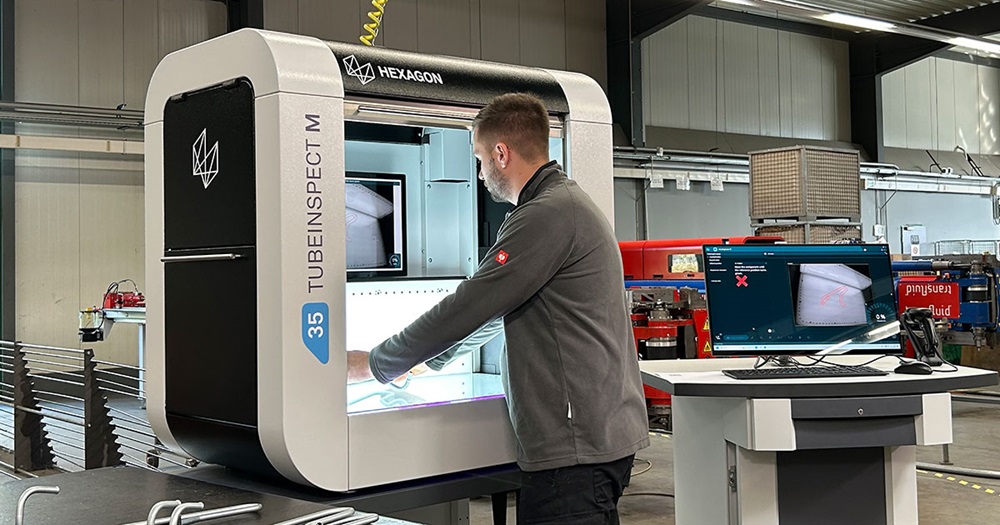New equipment at the University of Sheffield Advanced Manufacturing Research Centre (AMRC) will put the UK at the forefront of future hybrid and electric propulsion. The AMRC is now home to an open-access rotor spin test capability, the first of its kind in the UK, for high-performance electrical machines and rotating machinery.
The equipment’s arrival has been made possible by funding from UKRI’s Driving the Electric Revolution (DER) challenge, delivered by Innovate UK and secured by UK-based Driving the Electric Revolution Industrial Centres (DER-IC) manufacturing innovation network, to support the industry in developing the technology needed to reach net zero.
Some £1.2m of this funding has been allocated to help establish a world-class spin testing capability to support the design, manufacture and validation of electrical machine rotors and other rotating components. The Schenck Centrio 100 test system, installed at the AMRC’s flagship Factory 2050 facility, part of the DER-IC network, will allow component-level testing at speed and elevated temperatures to simulate in-service conditions.
Together with the other capabilities at the AMRC, it will enable the ability to manufacture, test and iterate design and processes for high-performance electrical machines and rotating machinery. Professor Mike Capaldi, chair of DER-IC says: “Due to the lack of a UK-based open-access facility for high-speed rotor spin testing and certification, UK manufacturers are often compelled to offshore essential testing such as product certification – facing long lead-times and limited availability. This reduces the overall access to testing during process and product development making advanced rotor testing rare despite the benefits and cost savings it could yield. The installation of this equipment is a significant milestone in our mission to grow UK manufacturing in PEMD to power net zero.”
More information www.der-ic.org.uk



















